Book now
Driving in Iceland: Exploring Driving Rules and Roads
Introduction
Driving in Iceland provides a unique experience, allowing visitors to explore the country’s breathtaking landscapes and natural wonders. However, it’s crucial to familiarize yourself with the driving rules and roads to ensure a safe and enjoyable journey. This article aims to provide a comprehensive guide to driving in Iceland, covering important information about license requirements, traffic rules, road conditions, fuel stations, emergency services, and popular tourist destinations.
Driving License Requirements in Iceland
Before driving in Iceland, it’s essential to have a valid driving license. Visitors from most countries can use their domestic driving licenses for up to 90 days. However, if your license is not in English or Icelandic, you must carry an international driving permit (IDP) alongside your license. It’s important to note that the minimum age for driving a car in Iceland is 17 years.
Traffic Rules and Regulations
To ensure safety on Icelandic roads, it’s important to adhere to traffic rules and regulations. Here are some key aspects to keep in mind:
Speed Limits: The general speed limit on paved roads is 50 km/h within urban areas and 80 km/h outside urban areas. However, in some rural areas, the speed limit can be 90 km/h or 100 km/h.
Right of Way: Vehicles coming from the right have the right of way, except in roundabouts where the traffic inside the roundabout has the right of way.
Seatbelt Laws: It is mandatory for all passengers, including those seated in the back, to wear seatbelts at all times.
Mobile Phone Usage: The use of handheld mobile phones while driving is strictly prohibited. It’s advisable to use a hands-free device if necessary.
Alcohol and Drug Regulations: The legal blood alcohol concentration (BAC) limit for driving in Iceland is 0.05%. It’s best to refrain from consuming alcohol or drugs before driving.
Road Conditions and Weather
Iceland’s road conditions can vary significantly depending on the location and season. Here’s what you should know:
Road Types and Conditions: The main roads, known as Route 1 or the Ring Road, are generally well-maintained. However, some rural and mountain roads might be gravel or dirt roads, requiring extra caution. Keep an eye out for potholes, loose gravel, and changes in road conditions.
https://www.road.is/ The Road and Coastal Administration provides information on road conditions, closures, and weather-related alerts. It also offers webcams to check current road conditions in different areas.
Weather Considerations: Iceland’s weather can be unpredictable, with frequent changes. Be prepared for strong winds, rain, fog, and snow, especially in winter. Check the weather forecast and road conditions before embarking on your journey.
https://en.vedur.is/ The Icelandic Met Office provides comprehensive weather forecasts, warnings, and climate information for Iceland.
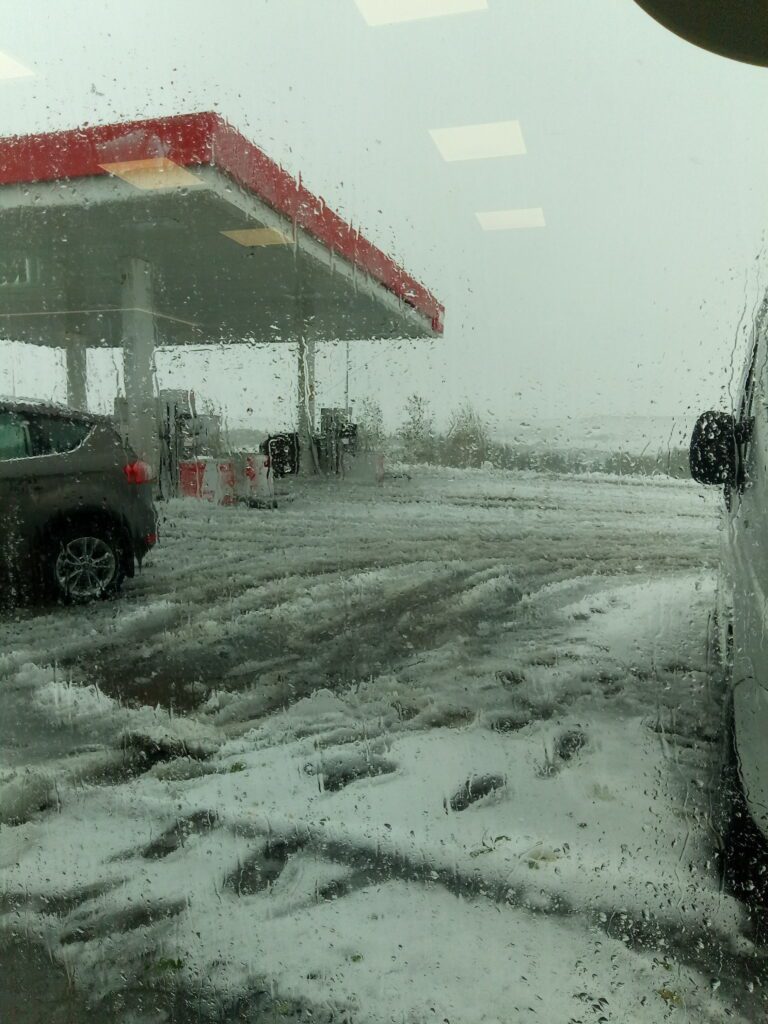
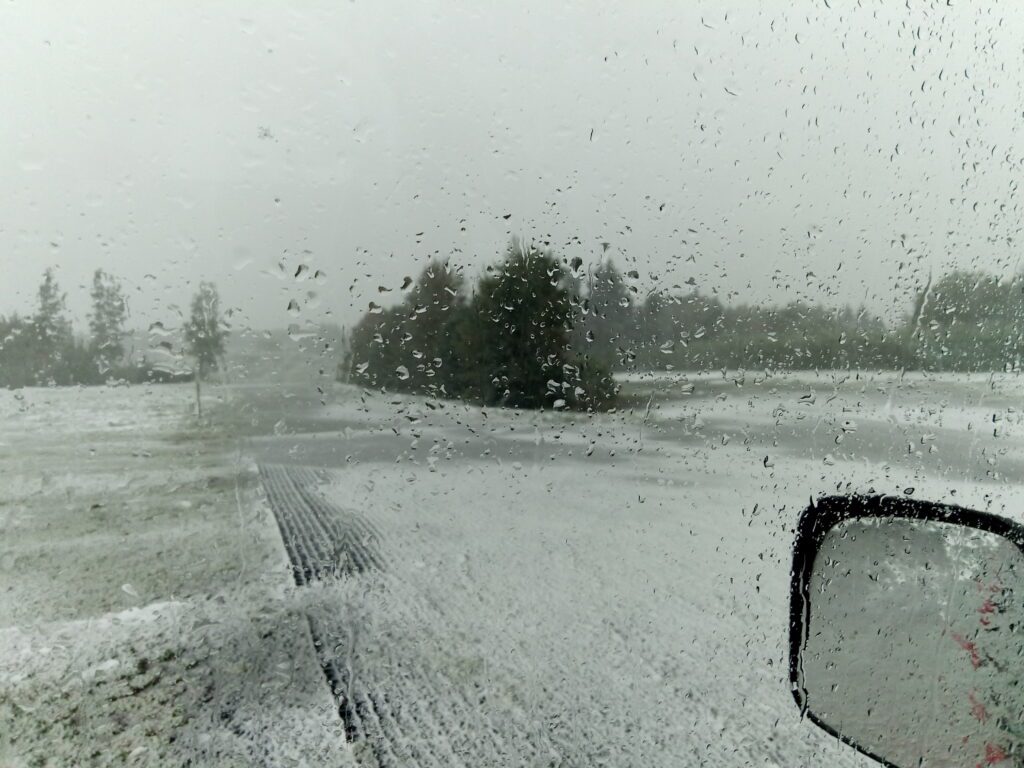

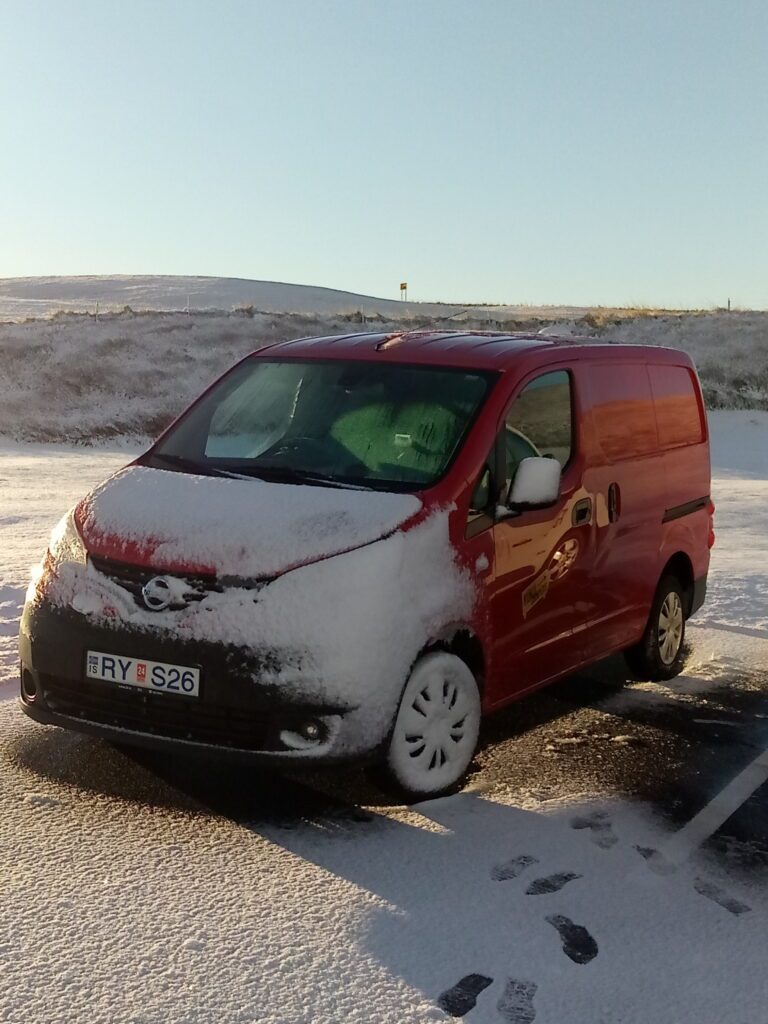

Driving in Winter:
During winter, Iceland experiences harsh weather conditions that can significantly impact driving. Here are some important considerations:
- Snow and Ice: Snowfall and icy roads are common during winter months. It’s crucial to drive slowly and cautiously, especially on untreated roads. Keep a safe distance from the vehicle ahead and avoid sudden braking or acceleration.
- Winter Tires: It is highly recommended to use studded or winter tires during winter in Iceland. These tires provide better traction on snow and ice, enhancing safety and control.
- Daylight Hours: In winter, daylight hours are limited, with some areas experiencing only a few hours of daylight. Plan your trips accordingly and be prepared for driving in low-light conditions or darkness. Use headlights at all times, even during the day.
- Wind Gusts: Iceland is known for its strong winds, which can be particularly challenging during winter. Be cautious while driving in windy conditions, as gusts can affect vehicle stability, especially on open and exposed roads.
https://www.vegagerdin.is/english/ The Icelandic Road Administration offers information on road conditions, construction projects, and traffic updates. It also provides live webcams showing different locations across the country.
Fuel Stations and Services:
When driving in Iceland, it’s essential to be aware of fuel stations and available services along your route.
- Availability and Locations: Fuel stations are generally well-distributed across Iceland, even in remote areas. However, it’s advisable to plan your fuel stops in advance, especially when traveling long distances.
- Payment Methods: Most fuel stations in Iceland accept major credit cards and debit cards. Cash payments are less common, so it’s recommended to carry a card for convenience. Contactless payment options are also widely available.
https://www.n1.is/ N1 is one of the largest gas station chains in Iceland. Their website provides information on their stations, including locations, services offered, and facilities available.
https://www.orkan.is/ Orkan is another major gas station chain in Iceland. Their website offers details on their stations, fuel prices, services, and amenities provided.
https://www.olis.is/ Olís is a prominent gas station brand in Iceland. Their website provides information on their stations, including locations, services offered, and additional facilities.
https://www.skeljungur.is/ Skeljungur is an Icelandic energy company that operates gas stations throughout the country. Their website offers details on their stations, services, and fuel prices.
Emergency Services and Safety:
In case of emergencies or unforeseen circumstances, knowing the emergency services and safety measures is vital. Here’s what you should keep in mind:
- Emergency Phone Numbers: The emergency number in Iceland is 112. Use this number to reach the police, ambulance, or fire department in case of emergencies.
- Travel Insurance and Roadside Assistance: It’s highly recommended to have travel insurance that covers medical emergencies and roadside assistance. Familiarize yourself with your insurance coverage and keep the necessary contact information accessible.
- Wildlife Hazards: While driving in certain areas of Iceland, you may encounter wildlife such as sheep crossing the road. Pay attention to warning signs and be prepared to slow down or stop if necessary.
https://www.icesar.com/ ICE-SAR is a volunteer-based search and rescue organization in Iceland. Their website provides safety information, emergency contacts, and updates on weather and conditions for outdoor activities.
https://safetravel.is/ SafeTravel Iceland is an official source of safety information for tourists in Iceland. It provides travel alerts, safety guidelines, and updates on weather and road conditions.
Tourist Destinations and Scenic Routes:
One of the highlights of driving in Iceland is exploring its stunning tourist destinations and scenic routes.
- Popular Tourist Spots: Iceland offers numerous captivating attractions, including the Golden Circle, Blue Lagoon, Seljalandsfoss waterfall, Jökulsárlón glacier lagoon, and many more. Plan your itinerary and make sure to allocate enough time to explore these renowned sites.
- Scenic Driving Routes: The Ring Road (Route 1) is the main highway that encircles the entire country and offers breathtaking landscapes. Additionally, the Snæfellsnes Peninsula, Westfjords, and Eastfjords regions boast scenic routes that are worth exploring.
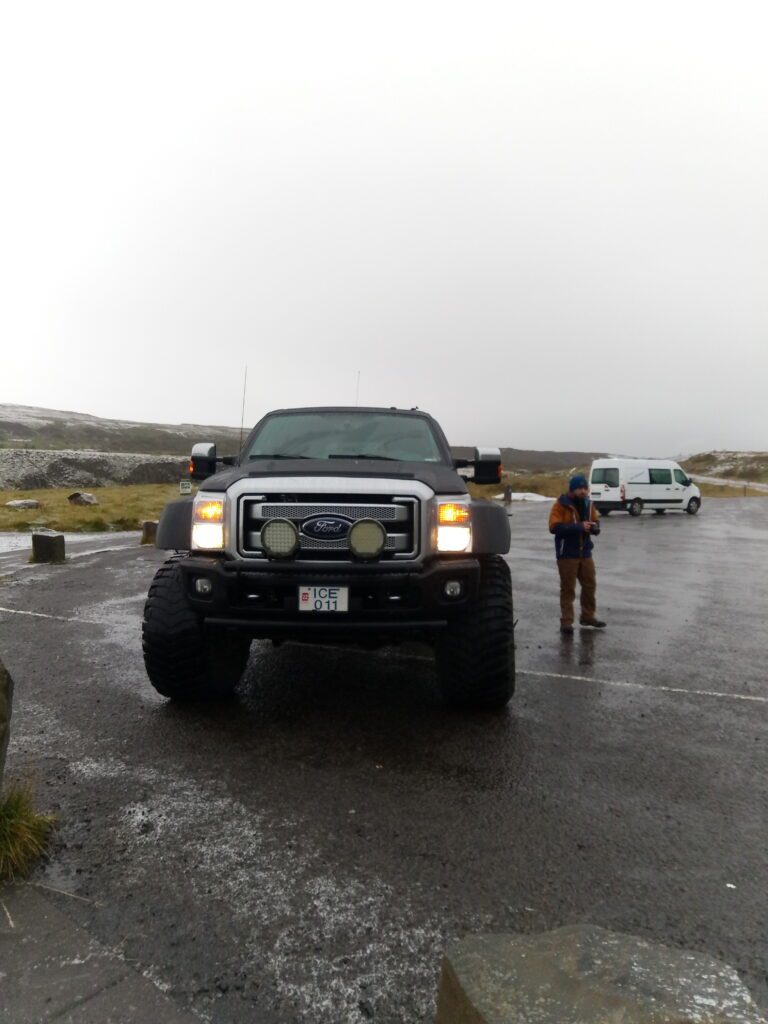

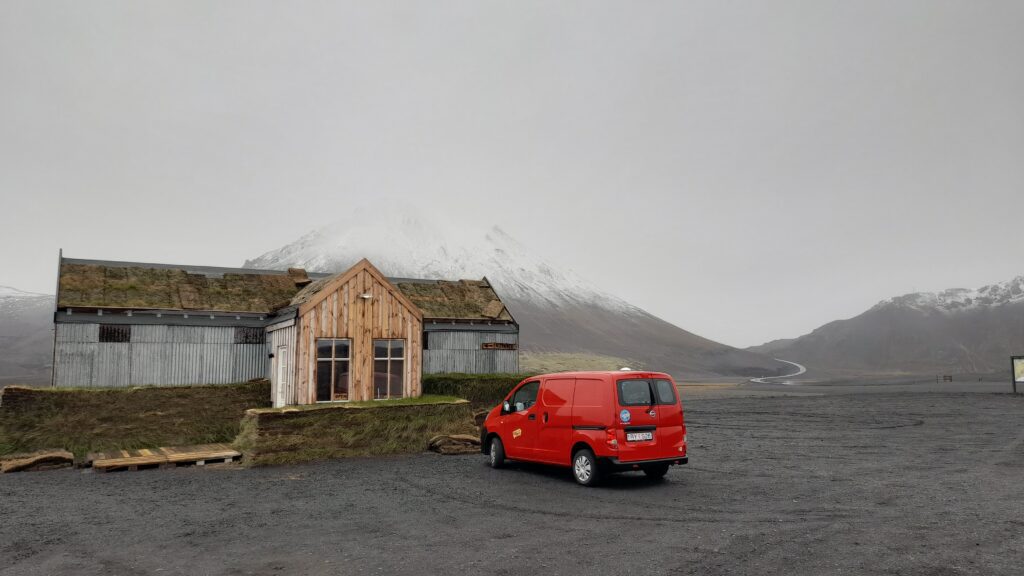

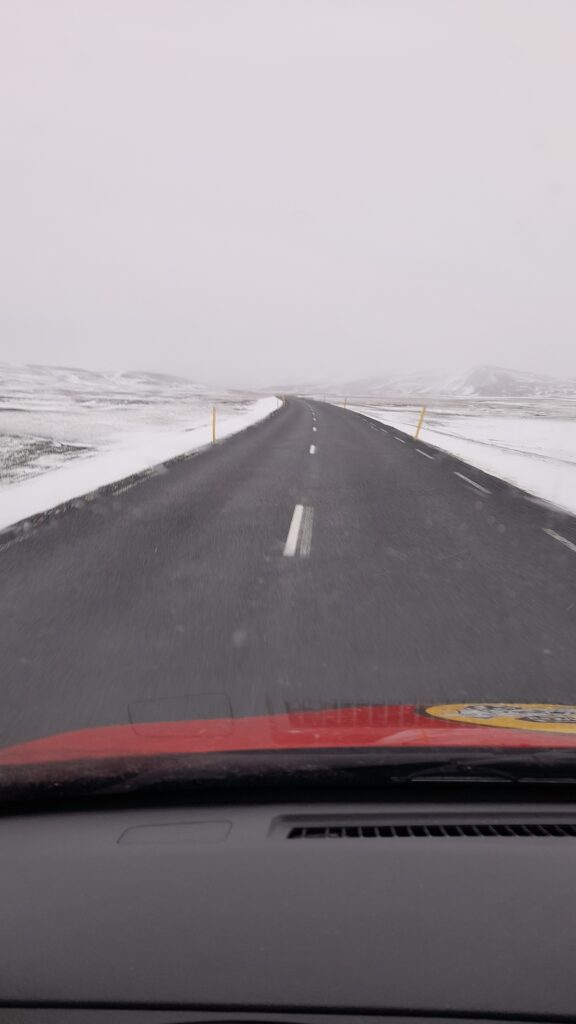

Conclusion:
Driving in Iceland provides an extraordinary opportunity to discover the country’s natural wonders. By understanding the driving rules, road conditions, and safety precautions, you can ensure a safe and enjoyable journey. Remember to stay updated on weather conditions, use appropriate tires, and drive responsibly. Explore Iceland’s popular tourist destinations and immerse yourself in the awe-inspiring beauty of this remarkable country.
People also read:
- 10 must-see attractions for visitors in Reykjavik
- The Golden Circle: Iceland’s Crown Jewel of Natural Wonders
- Do’s and don’ts while in Iceland
- 10 most beautiful waterfalls in Iceland
- Capturing the Northern Lights in Iceland
- Iceland ring road in 10 days
- Vatnajökull National Park and Diamond Beach
- The Blue Lagoon, Iceland’s Iconic Geothermal Spa
- Renting a Campervan in Iceland
FAQs
This article may contain affiliate links. This means that we receive a small commission when you book something via these links. Of course, this does not cost you anything extra. Did our tips help you? We would love it if you book your trip via the links in the article above. Thank you so much.
Booking.comRead more articles on my Iceland page.